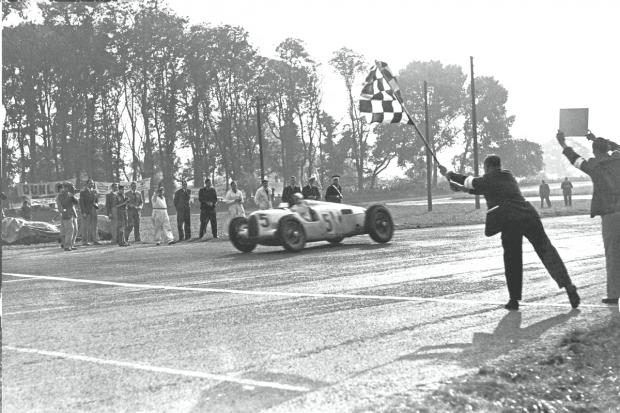
A recent trip to Donington Park for the Historic Festival preview day confirmed my affection for a circuit that was so nearly lost after the ill-fated attempt to host the British Grand Prix a few years ago.
I have only once managed to get to the Festival itself – organisers could do with moving it away from my wedding anniversary – but it was a very enjoyable meeting. Donington remains a great circuit, and a far better place to watch old cars than most.
Its heritage lends itself well to historic racing. The original 2-mile circuit was laid out in 1931 by Fred Craner – secretary of the Derby & District Motor Club – and John Gillies-Shields, who owned Donington Hall and Park. It gained a tarmac surface the following year, and car racing began there in ’33.
By 1937, it had been extended to include the famous Melbourne Loop and upgraded to such an extent that it hosted Grand Prix racing. Mercedes and Auto Union came, and swept aside all-comers with a dominant and awe-inspiring display.
A friend of my grandfather was there on that occasion, and related that – such was the impact of the German cars – he found that the excitement got to his bladder and he had to nip into the trees…
Bernd Rosemeyer won for Auto Union on that occasion; by the time the race was held again 12 months later, the German ace had perished in a record attempt. His good friend Tazio Nuvolari took a fitting victory for Rosemeyer’s old team.








